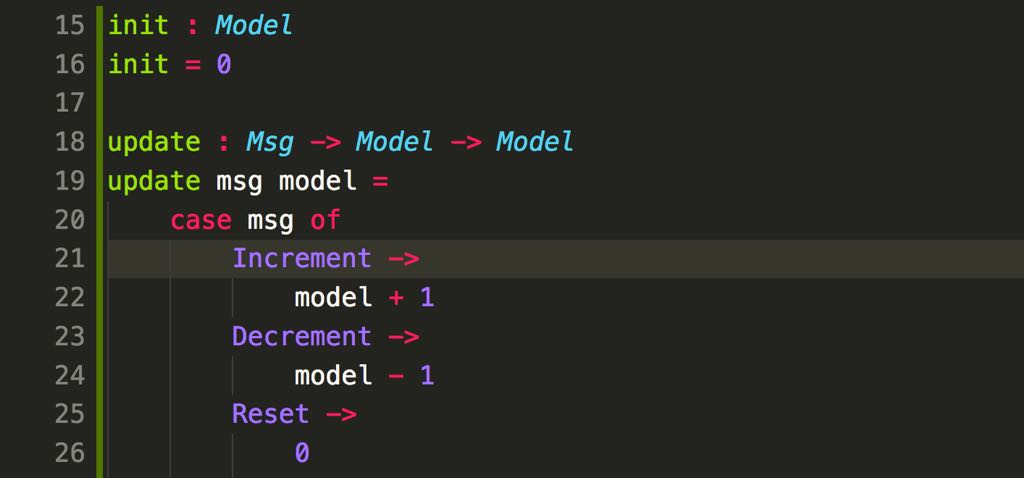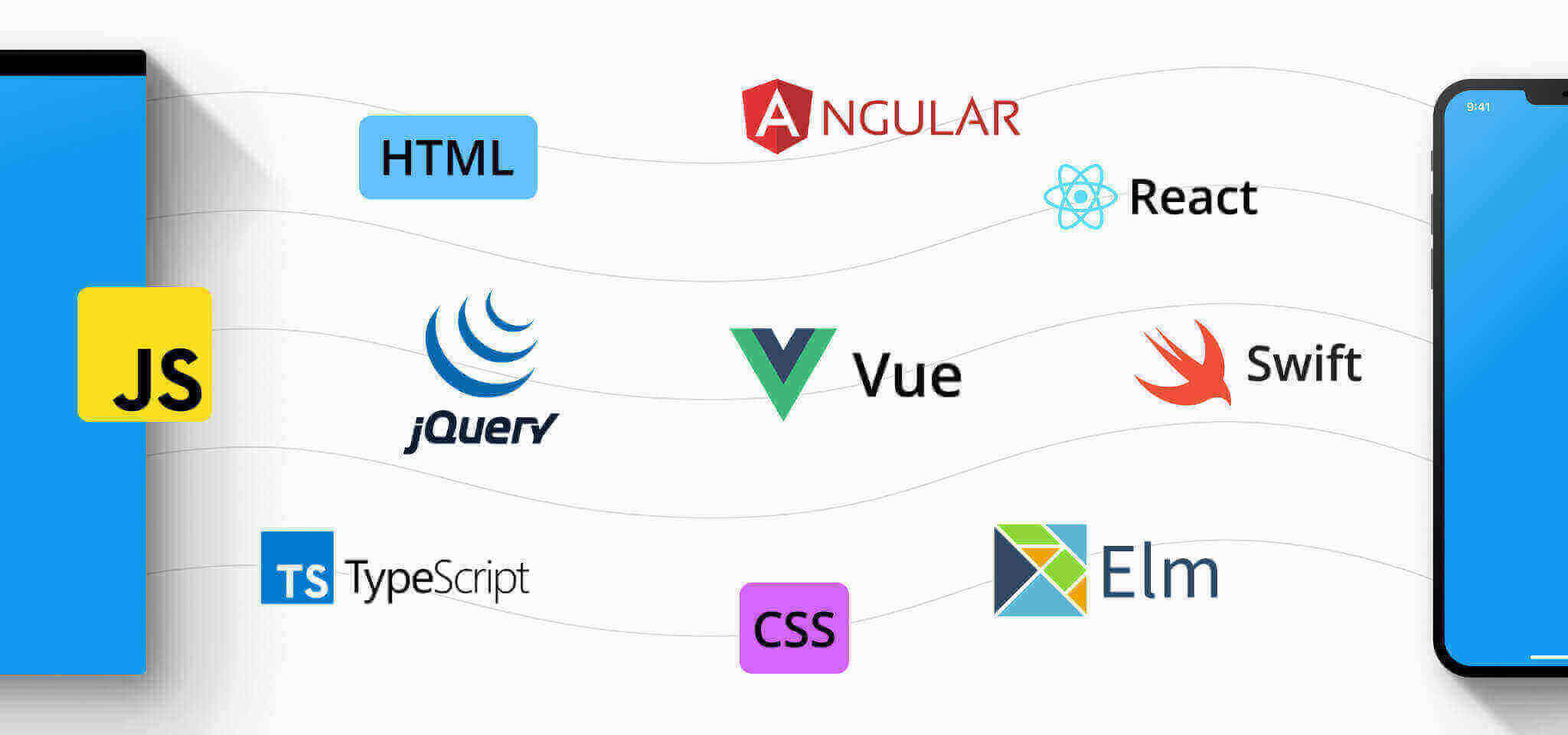Elm is a simply practical, specifically, receptive, and occasion driven web client language. It makes a stride back from the standards and truly has an impact on the manner in which you reason about and program web application front-closes. In this article, Toptal Freelance Software Engineer Vuk Djapic takes you through the intriguing ideas of Elm and its upsides and downsides in genuine use.

Elm programming language and the Elm framework. They are a typed functional programming approach to the frontend that is influencing other popular technologies in a somewhat disruptive way.
How ELM works architecture?
Elm utilizes a deliberation called ports to speak with JavaScript. It permits values to stream all through Elm programs, making it conceivable to convey among Elm and JavaScript. Elm has a library called elm/html that a developer can use to compose HTML and CSS inside Elm.
Use case of ELM ?
The case expression works by matching an expression to a pattern. When a match is found, it evaluates the expression to the right of -> and returns whatever value is produced. We saw a simple example of pattern matching in the Case Expression section.

One of the reasons the implementation of the map2 function is so compact is because Elm allows us to use tuples to match complex patterns in a case expression. If the map2 function didn’t use a tuple in the case expression above, here is what its implementation would look:
Feature and Advantage of using ELM ?
Let’s get this clear first, working in Elm hasn’t been all bad. Here are some of my brief highlights:
- Refactoring is a breeze due to the strict typing and compiled aspect
- The compiler is very helpful to work with most of the time and helps point you in the right direction for the most part
- Immutability and Uni-directional data flow is baked right in — think Redux
- Functional design and currying make functional composition very nice to work with
- Styling system based on modern CSS in JS approaches (see Styled-Components)
- You mostly don’t need to write front end tests!

Best Alternative of ELM
Top Alternatives to Elm
- TypeScript. TypeScript is a language for application-scale JavaScript development. …
- React. Lots of people use React as the V in MVC.
- PureScript.
- ReasonML.
- Haskell.
- Svelte.
- Elixir.
- JavaScript.
Best Resources, Tutorials and Guide for ELM
Top 5 free resources for learning
- https://hackr.io/
- https://stackshare.io/
- DevOpsSchool.com
- Scmgalaxy.com
Interview Questions and Answer for ELM
- Where is Elm used?
Elm is a functional language that compiles to JavaScript — think of it as a competitor to React or Vue, and is used to create websites and web apps.
- How does Elm work?
Elm uses an abstraction called ports to communicate with JavaScript. It allows values to flow in and out of Elm programs, making it possible to communicate between Elm and JavaScript. Elm has a library called elm/html that a programmer can use to write HTML and CSS within Elm.
- Who uses Elm?
Microsoft (GitHub) – the world’s second largest software company, has used Elm for the frontend of their customer support system since 2016. Microsoft’s HQ is in Redmond, Washington, USA. The team that writes Elm is distributed.
- Why is Elm Language?
Elm is one such language. Elm is a functional programming language for building front-end web applications. It brings the best of both worlds when it comes to building highly robust applications with ease. … Most other languages don’t come with one canonical way to organize code like this.
- What is Elm programming good for?
Elm is a functional programming language for building front-end web applications. It brings the best of both worlds when it comes to building highly robust applications with ease. … Finally, Elm provides a novel architecture for organizing code which makes managing data flow between various components a breeze.
- What language is Elm written in?
Elm is a framework and typed functional programming language aimed at front-end development. It inspires itself in a programming language called Haskell to bring more maintainability to Javascript, though keeping itself as simple and close to Javascript as possible.
Jobs & Salary Prospectus of ELM skills
ELM Developer salary in India ranges between ₹ 2.0 Lakhs to ₹ 19.3 Lakhs with an average annual salary of ₹ 5.5 Lakhs. Salary estimates are based on 217 salaries received from ELM Developers.
Free Video Tutorials of ELM
I’m a DevOps/SRE/DevSecOps/Cloud Expert passionate about sharing knowledge and experiences. I am working at Cotocus. I blog tech insights at DevOps School, travel stories at Holiday Landmark, stock market tips at Stocks Mantra, health and fitness guidance at My Medic Plus, product reviews at I reviewed , and SEO strategies at Wizbrand.
Please find my social handles as below;
Rajesh Kumar Personal Website
Rajesh Kumar at YOUTUBE
Rajesh Kumar at INSTAGRAM
Rajesh Kumar at X
Rajesh Kumar at FACEBOOK
Rajesh Kumar at LINKEDIN
Rajesh Kumar at PINTEREST
Rajesh Kumar at QUORA
Rajesh Kumar at WIZBRAND

 Starting: 1st of Every Month
Starting: 1st of Every Month  +91 8409492687
+91 8409492687  Contact@DevOpsSchool.com
Contact@DevOpsSchool.com
